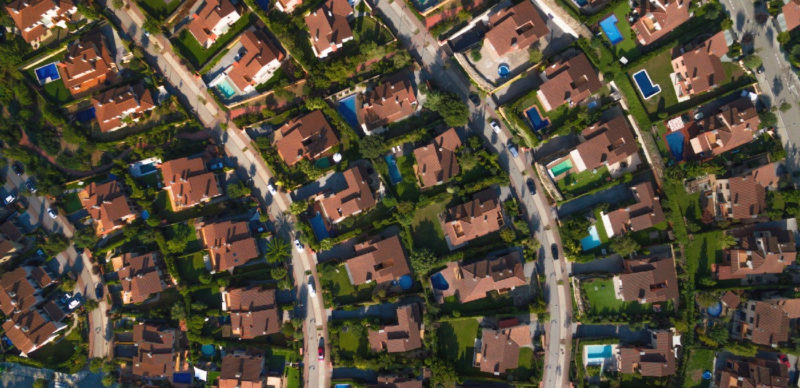Economic news this week spelled better news for home buyers who are shopping for a mortgage, even after the Federal Reserve’s latest rate hike.
Mortgage rates continued to dial back this week as new economic data showed inflation is further cooling off. Freddie Mac reported Thursday that the 30-year fixed-rate mortgage averaged 6.31% this week. Rates have been decreasing ever since hitting a high of 7.08% last month.
The decreasing rates are making a difference in mortgage payments. The monthly mortgage payment for a home loan of $400,000 is currently $2,480 compared to $2,680 five weeks ago when rates were above the 7% threshold, notes Nadia Evangelou, senior economist and director of real estate research at the National Association of REALTORS®.
The Federal Reserve’s monetary policy appears to be working, as the latest reading of the Consumer Price Index, reflecting November data, shows inflation cooling faster than expected. The Fed this week raised its benchmark interest rate by one-half point, much lower than its previous hikes but still the seventh increase this year.
“Mortgage rates continued their downward trajectory this week as softer inflation data and a modest shift in the Federal Reserve’s monetary policy reverberated through the economy,” says Sam Khater, Freddie Mac’s chief economist. “The good news for the housing market is that recent declines in rates have led to a stabilization in purchase demand. The bad news is that demand remains very weak in the face of affordability hurdles that are still quite high.”
Rates Could Move Lower in 2023
The recent run-up in mortgage rates, which began this fall, may have already priced in the Fed’s future increases. NAR Chief Economist Lawrence Yun said this week at the association’s Real Estate Forecast Summit that he believes mortgage rates may have already peaked. He pointed to an “abnormally high spread” between 30-year fixed-rate mortgages and Treasury notes, which historically are more closely tied together.
Yun is forecasting rates to settle at about 5.7% by the end of 2023 as the Fed slows the pace of its rate hikes. He also notes that rates will be considerably lower than the pre-pandemic historical rate of 8%.
Nevertheless, mortgage rates are double what they were just a year ago, and that’s hitting home buyers’ pocketbooks. For example, a 30-year fixed-rate mortgage on a $300,000 loan would cost about $1,283 a month at last year’s 3.11% rate. Now, at last week’s average of 6.33%, such a loan would cost an extra $580 a month—$6,960 a year, according to Jacob Channel, senior economic analyst at LendingTree.
Freddie Mac reports the following national averages with mortgage rates for the week ending Dec. 15:
- 30-year fixed-rate mortgages: averaged 6.31%, down from last week’s 6.33%. A year ago, 30-year rates averaged 3.12%.
- 15-year fixed-rate mortgages: averaged 5.54%, falling from last week’s 5.67% average. Last year at this time, 15-year rates averaged 2.34%.
Source: nar.realtor













